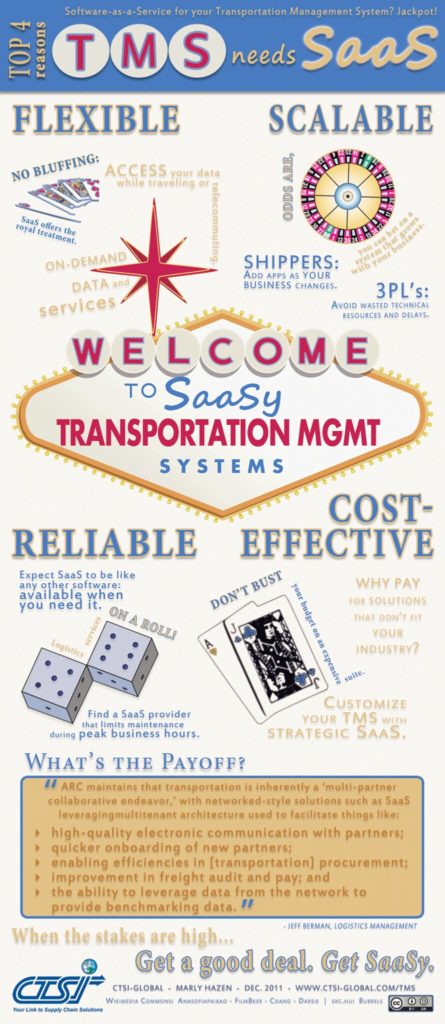What exactly is the software as a service? Its not a specific technology – rather it is a business-technology model which has sparked the imagination of all walks of the business reason – and for good cause. SaaS. Alternately known as hosted software, on-demand software and web-based software is essentially the delivery of online based services and applications. This represents a considerable shift from old style onsite installation, management and maintenance of specific software at specific physical sites. Things are much simpler with the SaaS business model since the service provider assumes responsibility for security and performance, enabling the service purchaser to massively save costs by forgoing maintaining a dedicated IT department and cutting down on maintenance downtime. This business model is particularly attractive for small and medium businesses, who often cannot afford to maintain a full-blown IT department. Is it any wonder that over 60 percent of all listed companies in the U.S have integrated SaaS approaches into their operations?
Advantages of the Software as a Service model
For companies seeking to slash IT overhead, or for companies who are simply too small to maintain a dedicated IT staff, SaaS is a natural choice to make. In fact, companies who make the transition from on-premise installation and maintenance to SaaS generally benefit from over 15 percent reduction in IT spending.
As aforementioned, SaaS is a particularly good fit for small businesses. Instead of massive investments in building up server capacity and purchasing software licenses, SMBs can simply make monthly adjustments to their SaaS subscriptions, depending on their monthly work flow, demand projection and any other relevant variable. To the cost saving one also needs to add the saving in specialized human labor. Your IT experts, who often play a vital role in the core company mission, can focus on helping fulfill that mission, rather than maintaining software. And you don’t need to worry about service outages, or even physical damage to your servers – everything is backed up with the service provider who can restore services almost immediately.
That said, adopting the SaaS model does come with certain shortcomings and caveats. Software integration can be an issues if multiple SaaS applications are adopted, or if hosted software is connected with pre-existing on-site apps.
Many businesses are also concerned about data security: a great deal of trust in the probity and competence of the SaaS provider is required to make this work. Finally, there are also government compliance regulations which must be taken into account concerning storage of customer data in off-site (and sometimes overseas) data centers.

Still, for those companies prepared to take this critical step there are numerous applications ready for immediate implementation that can seriously upgrade your business. Stay tuned for our next article to learn more!


